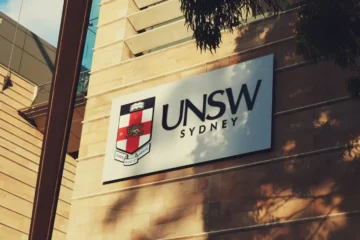Australia is reshaping its migration policy once again—and this time, the changes are all about salaries. If you’re hoping to land a skilled job in Australia after July 2025, you might want to double-check that offer letter. Why? Because two key salary thresholds are going up, and they’ll affect not just who gets in, but how employers sponsor foreign workers from here on out. Let’s unpack what this means for applicants, sponsors, and anyone watching Australia’s evolving labor migration landscape.
Key Takeaways
What Are the New Salary Thresholds Taking Effect in July 2025?
Starting July 1, 2025, the Temporary Skilled Migration Income Threshold (TSMIT) will rise to AUD 76,515. That’s a 4.6% increase from the current AUD 73,150. While it may not sound seismic at first glance, this number plays a pivotal role—it’s the baseline salary an overseas worker must earn to qualify for employer-sponsored skilled migration visas.
In addition to the TSMIT, the Specialist Skills Income Threshold (SSIT) is also climbing—from AUD 135,000 to AUD 141,210. This higher threshold is used for more advanced, niche roles, especially where Labour Market Testing is waived.
The government has also aligned these increases with other wage policies: Australia’s national minimum wage will jump to AUD 24.95/hour, or AUD 948 per week, a 3.5% increase. Simultaneously, the superannuation guarantee rises to 12%, and yes, that includes super contributions for Parental Leave Pay as well. Put together, these numbers point to a broader trend: Australia wants foreign workers to be compensated at levels closer to, or above, the national average.
Which Skilled Visa Categories Are Affected by These Changes?
These new thresholds primarily target employer-sponsored skilled migration routes. The biggest impact will be felt by applicants (and sponsors) under the following subclasses:
- Subclass 482 (Temporary Skill Shortage visa) – A widely used pathway that allows skilled workers to fill labor shortages.
- Subclass 494 (Skilled Employer Sponsored Regional visa) – Designed for regional employers to hire skilled migrants.
- Subclass 186 (Employer Nomination Scheme) – Offers a path to permanent residency for those with employer sponsorship.
In each of these cases, the sponsoring employer must prove that the salary on offer meets or exceeds the TSMIT or SSIT, depending on the nature of the job. It’s not just a guideline—it’s a legal requirement, and visa applications won’t move forward without meeting it.
Do These Changes Apply to All Applicants?
Here’s a bit of relief for current visa holders and those with applications already in the system: the changes only apply to new nominations lodged on or after July 1, 2025. That means if your sponsor has already submitted your application before the cutoff date, you’ll be assessed under the previous rules.
It’s also important to note that these salary thresholds apply only to employer-nominated visas. Independent skilled visas like the subclass 189 or 190 are based on points systems and aren’t directly impacted by these wage floor adjustments, though, naturally, higher earnings can boost your points tally.
Why Is Australia Raising Salary Requirements for Skilled Migrants?
The simple answer? Wage fairness and labor market alignment.
The government’s rationale is rooted in preventing the exploitation of migrant workers and ensuring that they are not underpaid relative to their Australian counterparts. By pegging thresholds closer to Average Weekly Ordinary Time Earnings (AWOTE), the updated policy ensures that skilled migrants are brought in to fill real gaps, not to undercut wages or displace local talent.
Also Read: Who’s Eligible for the New Online TFN System in Australia?
Another motive is broader economic alignment. As the cost of living rises, so too must salaries. For a country already grappling with housing affordability, worker retention, and regional workforce shortages, offering competitive wages to skilled migrants is both a protective and strategic move.
How Will Employers Be Affected by the New Rules?
For employers, these changes translate into higher costs, not just in wages but also in compliance. Sponsors will now need to adjust salary offers to reflect the increased TSMIT and SSIT. This doesn’t just mean a bigger paycheck for the worker; it also means higher superannuation contributions, potential increases in payroll taxes, and a need for more detailed documentation when submitting visa nominations.
And it doesn’t stop there. Businesses must also account for longer planning timelines, as new wage rules may limit their ability to quickly onboard international talent in mid-tier roles. Companies that were previously offering salaries just above the old threshold now need to reassess whether they can (or should) continue sponsoring in the same way.
In essence, it’s a recalibration of incentives. Larger employers with more flexibility may continue hiring at pace, while smaller businesses—especially in regional areas—could struggle to meet the new financial expectations.
What Are the Risks for Skilled Workers Under the New Wage Rules?
For workers, especially those coming from countries with lower wage norms, these updates create a few hurdles. First, the eligibility bar has been raised. Applicants whose job offers fall below the AUD 76,515 threshold will no longer qualify, even if they previously might have.
This may especially affect mid-skilled or support roles in sectors like hospitality, aged care, and some trades. It could also mean fewer sponsorship opportunities, particularly in regional towns where employers may struggle to match the new requirements. The trickle-down effect? Greater competition for a narrower pool of job offers.
There’s also the risk of delayed entry. Workers who receive job offers in May or June 2025, for instance, may face last-minute renegotiations or application hold-ups if their employers don’t update the salary offer before lodging. Being caught in that transition zone could result in missed opportunities.
Can You Still Secure a Skilled Visa if You Meet the New Criteria?
Absolutely—if you’re prepared. Skilled migration to Australia is still very much alive and viable, but it now demands more diligence from applicants. Your first step is to verify that your job offer meets the new TSMIT or SSIT requirements. This should be reflected in your contract and supported by evidence such as pay slips, position descriptions, and industry benchmarks.
You should also ensure your employer is across the latest policy updates. Not all businesses keep close tabs on immigration shifts, so you might be the one educating them. If possible, work with a registered migration agent or lawyer who can help you frame a strong application under the new rules.
And don’t overlook timing. If you have a job offer that qualifies under the current threshold and you’re ready to apply, consider lodging before July 1, 2025, to avoid falling under the stricter regime. If that’s not possible, focus on showcasing your qualifications, industry relevance, and ability to contribute to Australia’s high-demand sectors—particularly tech, healthcare, engineering, and renewables.
Final Thoughts: Is This the End of Skilled Migration to Australia?
Not at all. But the game has changed. Australia’s rising salary thresholds don’t mean the door is closed—they just mean you need to walk through it with stronger credentials and better preparation. Employers will need to adapt, and applicants will need to be more strategic.
If your skills align with Australia’s needs, and you can meet the wage requirements, the pathway remains wide open—and potentially more rewarding than ever.





